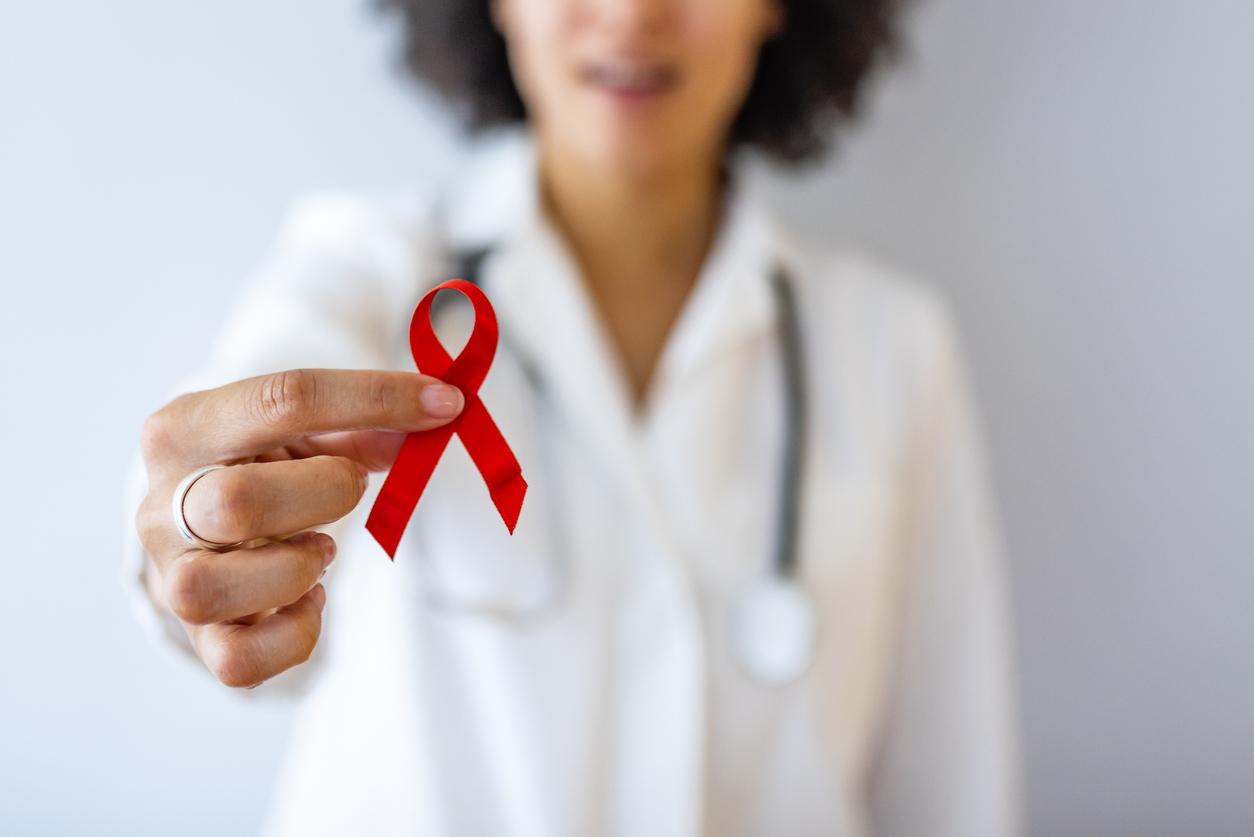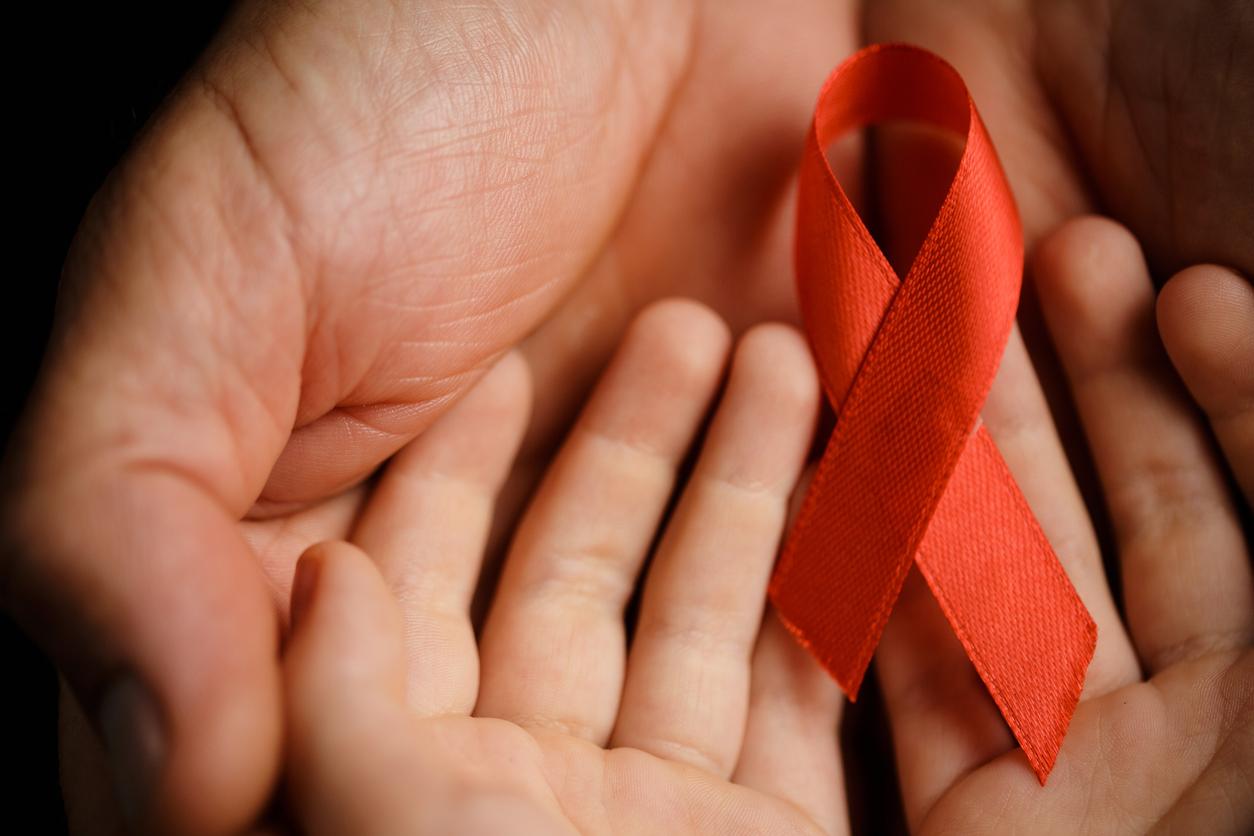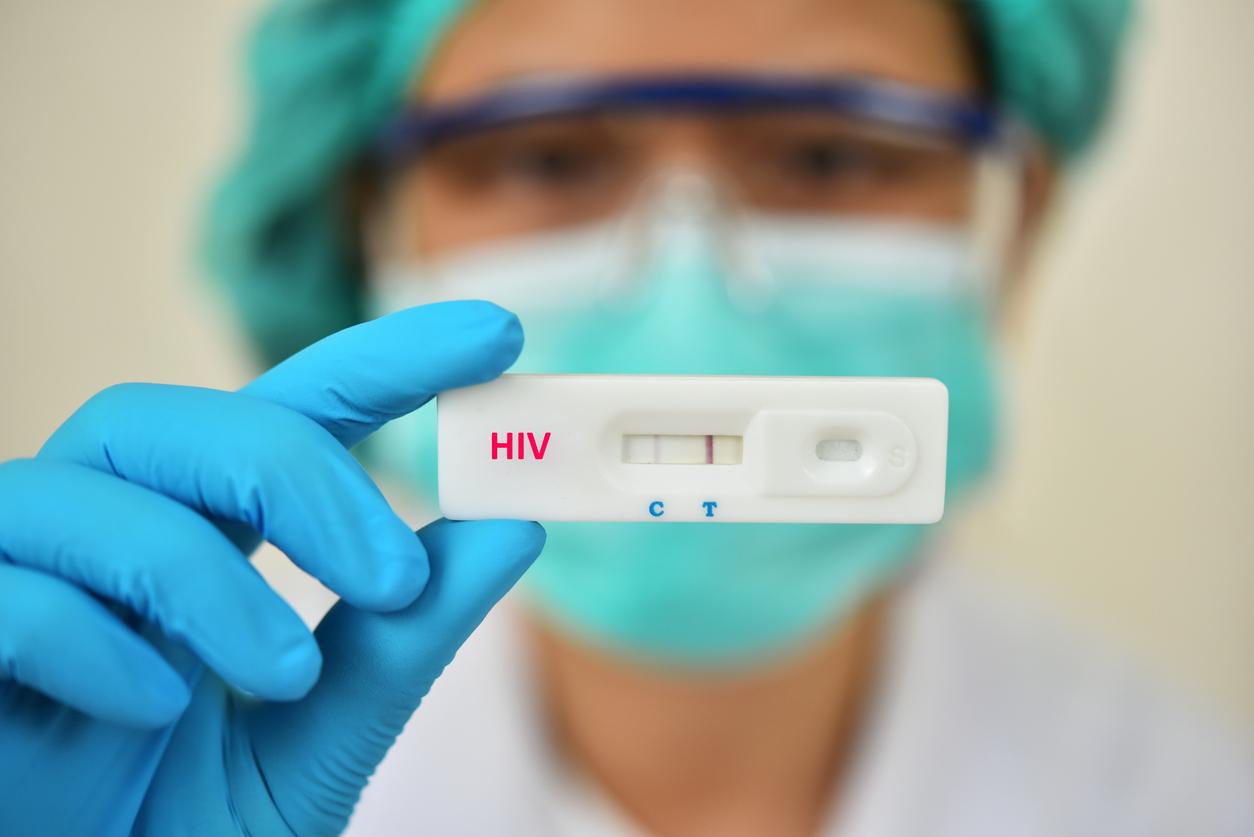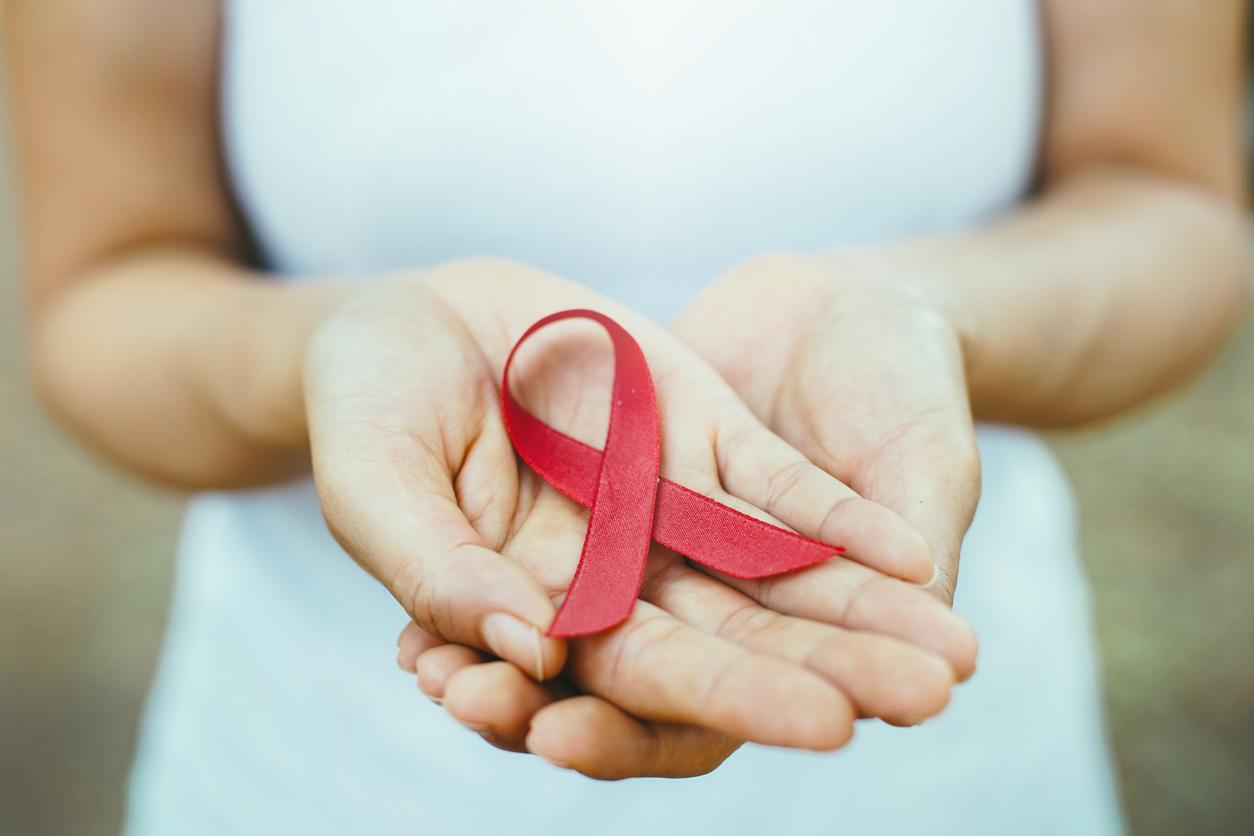New HIV infections among adolescents could increase from 250,000 in 2015 to about 400,000 per year by 2030, according to a UNICEF report.

The number of new HIV infections among adolescents is expected to rise from 250,000 in 2015 to around 400,000 per year by 2030 if progress in reaching this age group weakens. This is the disturbing projection ofa new report published this Thursday by the United Nations Children’s Fund (UNICEF).
“While tremendous progress has been made globally in the fight against AIDS, the fight is far from over, especially for children and adolescents,” says Anthony Lake, general manager ofUnicef.
“Every two minutes a new teenager, most often a young girl, gets infected with HIV. If we want to end AIDS, we must give this battle all the urgency it deserves and redouble our efforts to help every child and adolescent, ”he adds.
2 million are already living with HIV
Especially in 2015, the figures on this population are already cause for concern. UNICEF estimates that around 2 million adolescents aged 10 to 19 are living with HIV worldwide. In addition, in sub-Saharan Africa, the region most affected by the pandemic, three quarters of new infections among 15-19 year olds were among girls. Worse, AIDS remains one of the leading causes of death among adolescents. Indeed, according to the seventh situation report on children and AIDS entitled: “For Every Child: Ending AIDS“41,000 adolescents aged 10 to 19 died of AIDS in 2015.
To explain this terrible toll, UNICEF indicates that “only half of children born to HIV-positive mothers are screened during their first two months of life, and, in sub-Saharan Africa, vertically infected children wait. generally the average age of four before receiving treatment ”.
But among the other key data in the report, we can cite some remarkable progress made in preventing mother-to-child transmission of the virus. Globally, for example, 1.6 million new infections were prevented in children between 2000 and 2015. Yet, despite this last positive note, theUnicef concludes with concern: “funding for the fight against AIDS has been declining since 2014”.
The strategies proposed by UNICEF
This report fromUnicef also suggests strategies to accelerate progress in prevention and treatment of HIV in adolescents. These strategies consist in particular of investing in innovation, including in solutions developed at the local level.
The UN agency also recommends putting an end to discrimination based on sex, and in particular violence against women, and combating stigma. “Better data collection” could help improve these goals, he said.
Finally, UNICEF considers it essential to make the fight against adolescent vulnerability a priority by deploying prevention efforts on several fronts, in particular in terms of pre-exposure prophylaxis, cash transfers and comprehensive sexuality education.
.

















